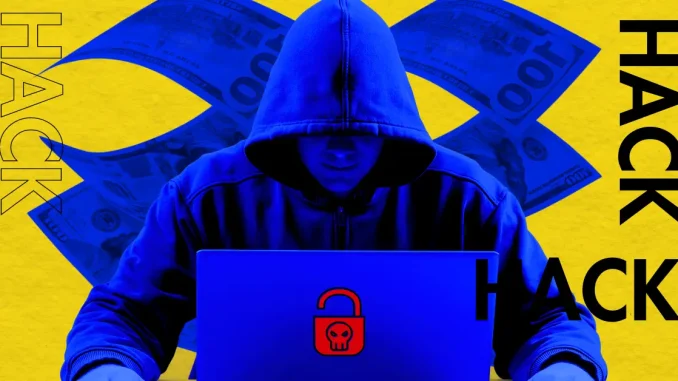
The recent breach at Grand Base, resulting in a loss of over $2 million, highlights the vulnerabilities in networks like Base. In the fast-paced world of decentralized finance (DeFi), where innovation meets risk, understanding such breaches is crucial.
Grand Base, known for its ability to transfer assets across different chains, fell victim to a complex cyberattack, revealing a major flaw in the Base network.
Here’s a look at what went wrong.
Exploring the Breach
The stealthy hack, achieved by gaining control of the private keys, resulted in the mined GP tokens being dumped in the market causing massive slippage that severely affected the protocol’s overall stability along with a 99% drop in token price. This exploit with more than $2 million loss proves the necessity of bringing in stronger security measures and strict limitations in the DeFi environment.
After the attack, the project team acted quickly, urging the community to tighten security measures and promising to address the issue.
The on-chain investigator ZachXBT, who identifies suspicious transactions and scamming activities, has acted as a whistle-blower by providing vital information about the transactions in the Base blockchain.
As per Zach’s XBT study, the irregular transfer of huge values of assets has been detected and this has created some dangling threads that are being used to exploit and penetrate the network.
Phishing Scams Wreak Havoc
Not just the hack, recently there occurred an attack on the Base network along with a series of phishing scams that resulted in over $2 million in losses in 24 hours only.
ScamSniffer reported that a victim of a horrific phishing scam lost $1.2 million in AERO tokens. On the other hand, there was also another person’s signing of the ERC20 permit which was fraudulent, leading to a loss amounting to $846,610 worth of $DEGEN tokens.
Revealing the Vulnerabilities of the BASE Network
The vulnerabilities of the Base layer design itself provide a space for attackers to maneuver and that is why they target such points. A notable risk is the intricate data transmission protocols which allow the cross-blockchain interactions to occur.
The features of protocols as such become the additional attack surface for hackers who are always on the lookout for loopholes and coding errors in smart contracts.
Furthermore, the system contains flaws not only in its Base network but also at the design level in the Ethereum Virtual Machine (EVM). The EVM, also known as the runtime environment for smart contracts on Ethereum and other compatible chains, has built-in constraints when it comes to its design which attackers can utilize to their advantage.
Despite the strength of EVM architecture, both stack overflow and underflow as well as the reentrancy attacks can occur when the smart contract code is not properly managed.
In the same way, EVM does not have built-in security functionality that can curb some attacks related to integer overflow or unauthorized access control. Smart contract developers who are designing the functionality of smart contracts must have assured security practices in place to address the vulnerabilities but errors or omissions in the coding may lead to insecurity in the design.
Building a Better Future
As the dust settles, the message is clear: we must strengthen security measures to prevent future attacks. Through enhanced protocols and thorough audits, we can protect digital assets from unauthorized access and malicious activities.
The Grand Base DeFi attack serves as a reminder of the importance of resilience and vigilance in the world of DeFi. As we work to fortify decentralized finance, prioritizing security becomes essential for safeguarding digital assets and securing the future of finance.
